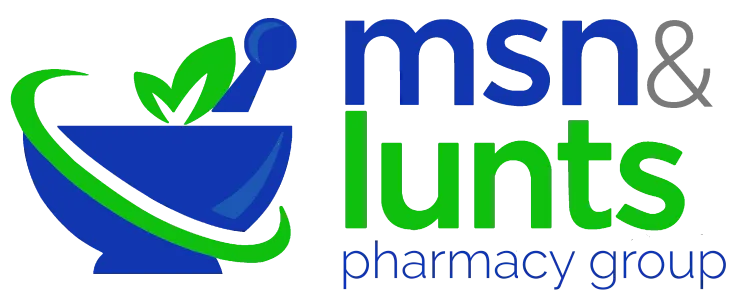
Hydrocephalus (excess fluid in the brain) is treated with surgery.
Babies who are born with hydrocephalus (congenital) and children or adults who develop it (acquired hydrocephalus) usually need prompt treatment to reduce the pressure on their brain.
If hydrocephalus is not treated, the increase in pressure will cause brain damage.
Both congenital and acquired hydrocephalus are treated with either shunt surgery or neuroendoscopy.
During shunt surgery, a thin tube called a shunt is implanted in your brain. The excess cerebrospinal fluid (CSF) in the brain flows through the shunt to another part of your body, usually your tummy. From here, it's absorbed into your blood.
Inside the shunt there's a valve that controls the flow of CSF, so it does not drain too quickly. You can feel the valve as a lump under the skin on your scalp.
Shunt surgery is done by a specialist in brain and nervous system surgery (neurosurgeon). It's done under a general anaesthetic and usually takes 1 to 2 hours.
You may need to stay in hospital for a few days after the operation to recover.
If you have stitches, they may dissolve or need to be removed. Some surgeons use skin staples to close the wound, which will need to be removed after a few days.
After the shunt has been installed, further treatment for hydrocephalus may be needed if the shunt becomes blocked or infected. Shunt repair surgery will then be necessary.
An alternative procedure to shunt surgery is an endoscopic third ventriculostomy (ETV).
Instead of inserting a shunt, the surgeon makes a hole in the floor of your brain to allow the trapped cerebrospinal fluid (CSF) to escape to the brain's surface, where it can be absorbed.
ETV is not suitable for everyone, but it could be an option if the build-up of CSF in your brain is caused by a blockage (obstructive hydrocephalus). The CSF will be able to drain through the hole, avoiding the blockage.
ETV is done under general anaesthetic. The neurosurgeon makes a small hole in your skull and brain, and uses an endoscope to look inside the chambers of your brain. An endoscope is a long, thin tube with a light and camera at one end.
After making a small hole in the floor of your brain to drain the fluid, the endoscope is removed and the wound is closed using stitches. The procedure takes around 1 hour.
There's less risk of infection after ETV than with shunt surgery. However, as with all surgical procedures, there are some risks.
Read more about the complications of hydrocephalus.
The long-term results of ETV are similar to those for a shunt operation. As with shunts, there's a risk of a blockage happening months or years after surgery, which will cause your symptoms to return.
Normal pressure hydrocephalus (NPH), which usually affects older people, can sometimes be treated with a shunt. However, not everyone with NPH will benefit from shunt surgery.
As there's a risk of complications with shunt surgery, you'll need tests to assess whether the potential benefits of surgery outweigh the risks.
Lumbar drainage or a lumbar infusion test, or both, can be used to find out if shunt surgery will benefit you.
Find out about these tests on our page about diagnosing hydrocephalus.
